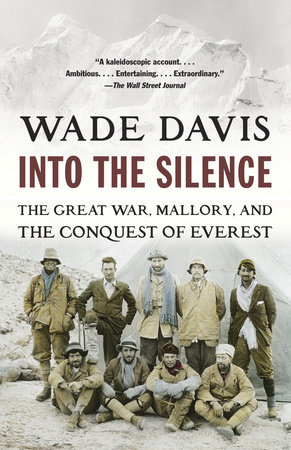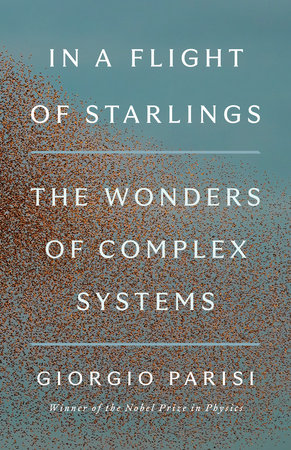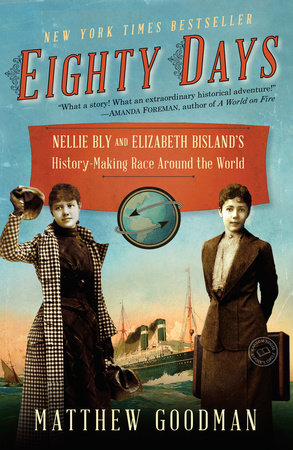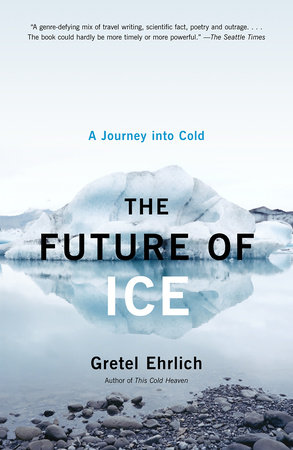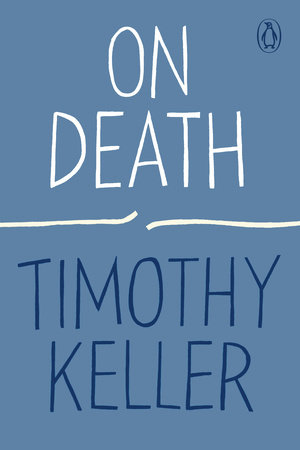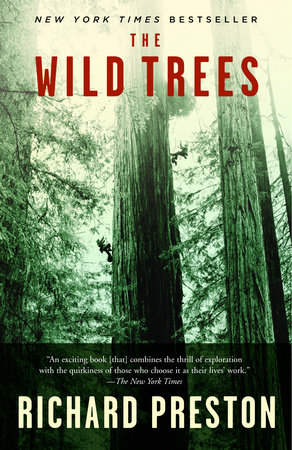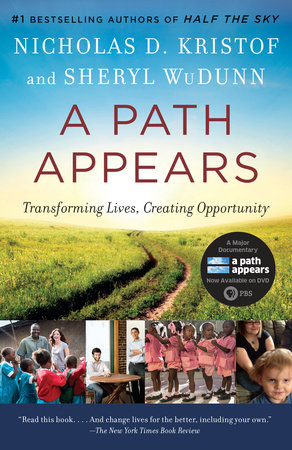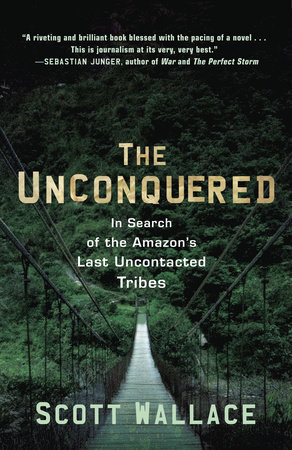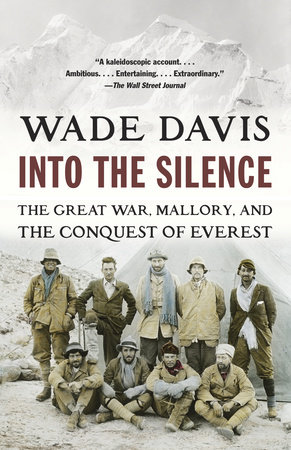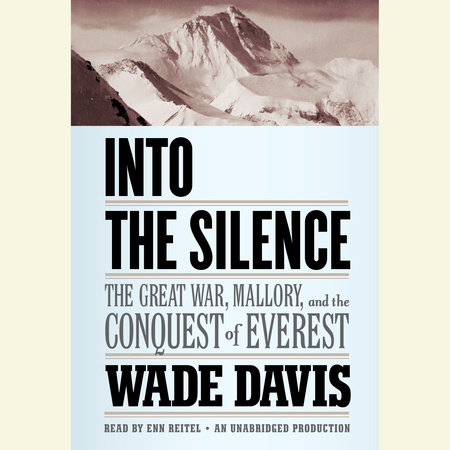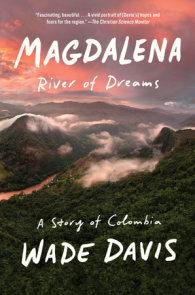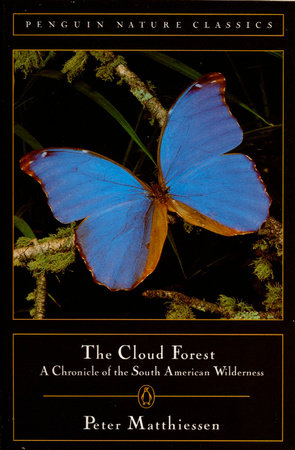Author Q&A
A Conversation with
Wade Davis
author of
INTO THE SILENCE
The Great War, Mallory, and the Conquest of Everest
Q: You have written many books before, including The Serpent and the Rainbow: A Harvard Scientist’s Astonishing Journey into the Secret Societies of Haitian Coodoo, Zombis, and Magic. How did you become interested in the topic of Everest and what inspired you to begin the 12 year endeavor that would become INTO THE SILENCE?
A: My interest in this story began in the spring of 1996 as I completed a 4000-mile overland journey from Chengdu in western China through southeastern Tibet to Lhasa and on to Kathmandu. Leading that ecological survey was a good friend, Daniel Taylor. Raised in the Himalaya, son and grandson of medical missionaries, Daniel was a veteran of some 45 expeditions to Tibet and had been largely responsible for the creation of the QNP, the 14,000-square-mile nature preserve that encompasses the approaches to Everest.
In late fall 1997, Daniel and I returned to Tibet, intent on photographing clouded leopards, among the most elusive of the great cats. Our journey took us from Kharta south into the Kama Chu along the same trails traveled by the British expeditions of the 1920s. Daniel had grown up with tales of George Mallory; his father was a close friend of Howard Somervell. The British climbers were his heroes and role models as a boy, intrepid men who had walked off the map for hundreds of miles just to find a mountain that no European had encountered at close quarters. Their Everest was the mountain of Daniel’s imaginings.
Compared to the British expeditions of the 1920s, our month long sojourn in the Kama Valley was a trivial undertaking. Nevertheless the extremes of altitude took a toll, as did the blizzards and cold. From our camp at Pethang Ringmo, at the base of the Kangshung Face, we stared up at a mountain that has killed one climber for every ten that have reached the summit. It is a formidable sight. Though we were standing on ground higher than any in North America, the mountain rose two miles above, fluted ribs and ridges, gleaming balconies and seracs of blue-green ice, shimmering formations ready to collapse in an instant. The thought of those early British climbers, “dressed in tweeds” as Daniel put it, and “reading Shakespeare in the snow” as they confronted such hazards, filled me with admiration, curiosity and awe. Who were these men, and what was the spirit that drew them on?
Q: How is INTO THE SILENCE different from other books that have tackled Everest and what new information will readers come away with?
A: I think it is fair to say that most books on the subject focus on the figure of George Mallory, and none of them really place these expeditions in their historical context. Altogether 26 men set off for Everest in 1921-24 and each was without doubt as compelling a personality, with as complex a past, as Mallory. Into the Silence is the first book to celebrate and bring into profile the extraordinary biographies of each of the men.
If Everest began as grand imperial gesture, it really did end up as a mission of regeneration and redemption for a nation and an empire bled white by war. What’s more these expeditions did not take place in isolation, but rather in the context of the era- the Great Game and the final years of the Raj, the complex diplomatic maneuverings between the British, the Russians and the Chinese. Permission to climb the mountain grew out of an arms deal that was itself part of a grand diplomatic scheme brought into being by Charles Bell.
Into the Silence is also the first book to examine these expeditions from the point of view of the Tibetans. To do so I spent weeks in monasteries, trekked throughout the region with Dorjee Lhatoo, and secured the first complete translation of the spiritual autobiography of Dzatrul Rinpoche, the abbot of Rongbuk who greeted the British in 1921-24. Puzzles that have perplexed scholars for decades are solved. Why and how was Finch excluded from the 1921 effort? Who actually discovered the route to the North Col, the doorway to the mountain? Why was Howard-Bury selected to lead 1921, yet excluded from subsequent expeditions? Why Mallory chose to climb with Irvine? How Finch was betrayed in 1922 and yet, had he not chosen to save the life of Geoffrey Bruce, might well have reached the top. Wheeler has been overlooked in every other book, yet he was the key figure in 1921. John Noel went to his grave speaking of his service in the war. His own family does not know he sat out the war shell-shocked. Finch’s own daughter is unaware that her father had three, not two wives. That Mallory knew Wilfred Owen has never been reported.
Q: How did you begin to go about your research?
A: The challenge from the start was to go beyond the iconic figure of George Mallory and take the research to new levels of depth and scope. I began with several visits to London to work through basic archival sources, most especially the 41 boxes of files containing reports, correspondence and miscellaneous documents of the Mount Everest Committee housed at the Royal Geographical Society, which also has the most complete visual record of the expeditions in its photographic collections. The archive of the Alpine Club was equally rich. The letters of George Mallory are for the most part at Magdalene College, Cambridge. Thanks to the generous cooperation of these institutions I was able to secure copies of all documents pertinent to the research, a collection that itself fills six file cabinet drawers in my office. While in London on those early visits I was also able to contact family members, descendents of many of the key figures in the story. All were exceedingly helpful.
My goal from the start was to learn as much as possible about the lives of all 26 men who went to Everest in 1921-24. I was especially interested in their experiences during the war, and my own preliminary efforts at The National Archives (TNA, formerly the Public Record Office), the Imperial War Museum, the British Library and other repositories had convinced me that I needed the help of a professional researcher living in Britain familiar with the complex distribution of military records, many of which are housed in regimental archives scattered throughout the nation.
Knowing the military unit and the location both in time and space of each protagonist throughout the war, the next research challenge was to ascertain to the extent possible what each man might have endured. It was famously said of both Passchendaele and the Somme that the army lacked the clerk power to tabulate the dead. If so, it recorded just about everything else. The Great War was so thoroughly documented that one wonders how the men found time to fight. Every unit maintained a war diary, with the task of reporting on operations, intelligence, casualties and any other pertinent information rotating among the junior officers. These diaries, together with letters, personal journals, and trench maps made it possible to track each of our men through the war with a level of specificity I would not have imagined possible at the outset.
Yet another major research challenge took me into the history of the Raj and the complex diplomatic maneuvers of Lord Curzon, Charles Bell, and the frontier cadre engaged in the Great Game. This phase of the research took me into the orbit of a number of extraordinary historians at Oxford, Cambridge and other British universities.
Q: Of all the incredible findings and discoveries you made in writing this book, were there any that most surprised and intrigued you?
A: In Canada, two avenues of research proved extremely fruitful. After Everest, Arthur Wakefield settled in Quebec, where members of his family still live. His son Bob, who passed away at 92 in 2007, and grandson, Charles, very kindly shared personal insights, as well as Arthur’s war diary and Everest journal, and the private letters he wrote to his wife, Madge, both from the Western Front and from Everest. These proved invaluable.
E. O. Wheeler grew up climbing in the Canadian Rockies and his papers are housed at the Whyte Museum in Banff, Alberta. His son John, after an illustrious career with the Geological Survey of Canada, retired to Vancouver, where I found him at 75 living a block away from the house my parents owned when I was born. It was a wonderful encounter. He and my father had attended the same boarding school at more or less the same time, and I by chance had climbed many of the northern peaks that John had been the first to survey. We met for a long afternoon, at the end of which he produced a remarkable treasure. According to Everest historians only Guy Bullock kept a complete journal on the 1921 expedition, curt notes that were published in two parts in the Alpine Journal. Mallory wrote letters and Howard-Bury official dispatches, but neither kept a daily account. E. O. Wheeler, as it turned out, did; two complete volumes that had never been seen by anyone outside of his immediate family. These journals provided an astonishing perspective on the 1921 Reconnaissance, arguably the most interesting of the three expeditions. And they revealed the character and personality of a remarkable man who spent more time alone, higher and closer to the mountain, than anyone; the unheralded Canadian surveyor who mapped the inner core of the Everest massif and solved the puzzle of the North Col, thus opening the doorway to the mountain.
Q: Your research went way beyond the page and into the field. Can you tell us about the time you spent in Tibet?
A: A second major phase of my research entailed several return journeys to Nepal and Tibet. Having delved into the literature, I went back to Everest in 2000 with fresh eyes. Accompanying me was an extraordinarily insightful man and one of the greatest of Himalayan climbers, Dorjee Lhatoo, former head of the Himalayan Mountaineering Institute in Darjeeling, the training ground of all great Indian climbers.
For two months, Dorjee and I walked in the footsteps of the British Reconnaissance of 1921. We visited Tingri and Nyenyam, climbed to the summit of the ruined fortress at Shegar, retraced their approach to the Rongbuk monastery and went up the East Rongbuk glacier to the North Col, and later crossed from Kharta by way of the Samchung La and Chog La to the lower Kama Chu and the headwaters of the Arun. From below Sakeding we traversed the length of the Kama Valley to Pethang Ringmo and the Kangshung Face, before returning over the Langma La to explore the upper reaches of the Kharta Chu.
We did not by any means go everywhere the British went. A plan to reach the Jelep La, visit the village of Dorjee’s birth, and then follow the Chumbi Valley to Phari and beyond to Kampa Dzong, was stymied by Chinese officials who, having promised a permit to enter borderlands off limits to foreigners since the 1959 invasion, reneged at the last moment, stranding our party in Tibet, even as they pocketed the $25,000 fee. This set back aside, we covered in those weeks enough ground on foot to leave me only more astonished by what the British accomplished in a single season. Dorjee and I returned to this theme when I visited him in Darjeeling in 2002. We spent several days touring the town, as Dorjee introduced me to a new generation of Sherpa climbers, even as he pointed out what remained of the Darjeeling the British had known in 1921-24.
The longer I spent with Tibetans in the environs of Everest, the more interested I became in what the mountain meant to them, and how their great-grandparents might have viewed the arrival and activities of the British climbers, the first Europeans many of them would have known. A main point of interface, as we have seen, was Rongbuk monastery, headed by its charismatic Abbot, Ngawang Tenzin Norbu, or Dzatrul Rinpoche. Although several of the British climbers wrote of their impressions of Rongbuk, the only account of the British from a Tibetan perspective is based on a few excerpts from Dzatrul Rinpoche’s namthar, or spiritual autobiography. This is the encounter between Rinpoche and General Bruce widely quoted in the Everest literature. The autobiography, as far as I could tell, had never been translated in its entirety, but a brilliant monk traslated it for us. To stay at the monastery and be in the presence of Trulshig Rinpoche was from the Tibetan perspective to return spiritually to Rongbuk and the radiance of Dzatrul Rinpoche. More significantly our time at Thubten Chöling opened my mind to the power and wonder of the Buddhist path.
Finally I needed to understand Tibetan notions of sacred geography. I had first learned of hidden valleys and spiritual refugia in the writings of two friends and colleagues, Ed Bernbaum and Johan Reinhard. Their work led me to Hildegard Diemberger, a scholar and adventurer who had spent much of her life in the Himalaya. Her father was the renowned Himalayan climber Kurt Diemberger. It did not surprise me that the daughter of such a man would turn out to be one of the world authorities on Tibetan ideas of sacred landscape. I found her at the anthropology department at Cambridge University, where she welcomed me warmly even as she opened my mind to the real meaning of mountains. It was Hildegard who showed me that the entire time the British were scrambling across the flanks of Everest, they were walking in mystic space.
Q: You write so movingly about the First World War and its impact on the men you write about. Why is it so important to understand the war in order to understand the conquest of Everest and when did you decide to make this such a big part of your book?
A: An author commissioned to write a biography of Mallory after the body was found took me aside ten years ago to say that he had heard that I was looking into the war angle. He said he had done so already, and it just was not there. What he meant presumably is that he had found no evidence that the men had discussed the war en route to Everest. This showed rather dramatically why so many of the previous books seem superficial. Of course the men did not discuss the war. No one did. Graves and T. E. Lawrence famously made a pact never to speak of it. How could they? Words did not exist. Yet each of these men had lived for much of their adult lives in the degradation and horror of the trenches, an experience seared into their consciousness. It was the seminal event of their lives, as it had been for the country.
Q: Although Mallory’s attempt to summit Everest ultimately failed, in what ways do you think his endeavor brought hope and redemption to a war stricken generation?
A: I don’t think it was a direct or conscious thing, and certainly people did not speak of it that way. But viewed from the distance of time the entire effort brought back into focus the potential of the individual to stand alone, in glorious profile. These men were seen as heroes, in the wake of a war that had crushed the very notion of heroism.
Q: Why do you think Everest and its history continues to hold such fascination for so many people?
A: I think because it ultimately remains a personal test of strength endurance and courage. Even with the commercialization of the mountain, it remains only the will of the individual that allows a man or a woman to reach the summit. What’s more everyone who scales the mountain knows that in doing so they are tempting the fates, for ultimately the factors that determine success or failure lie beyond the control of the climber. The wrath of Everest, the uncertain conditions, the wind and the weather remain as unpredictable today as they did in the days of Mallory.
Q: As National Geographic “Explorer-in-residence”—what is next for you in terms of your own explorations and expeditions?
A: I will be working very hard to save an area of British Columbia known to the First Nations as the Sacred Headwaters, the birthplace of three of our most important salmon rivers. I have an illustrated book on the campaign due out in the fall (The Sacred Headwaters: The Fight to Save the Stikine, Skeena and Nass) and will be very active over the next months. I also intend to publish E. O. Wheeler’s journals in their entirely and also put out a small book on the Grand Canyon of the Colorado. Once these small projects are complete, and the crisis in northern British Columbia resolved one way or another, I hope to embark on a final series of journeys down the rivers of life, beginning with the Ganga. This will be a ten year effort, and should carry me if not into a rocking chair, at least to the quiet of my porch at Wolf Creek overlooking Ealue Lake and the Sacred Headwaters.
For booking information:
Gabrielle Brooks / 212-572-2152 / gbrooks@randomhouse.com
Erica Hinsley / 212-572-2018 / ehinsley@randomhouse.com
